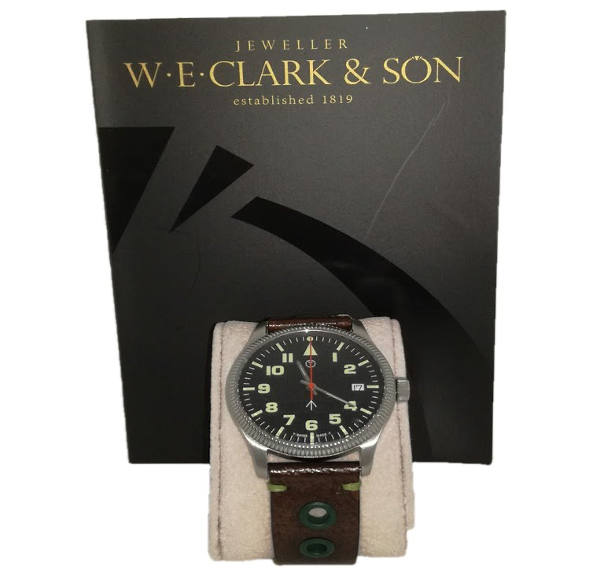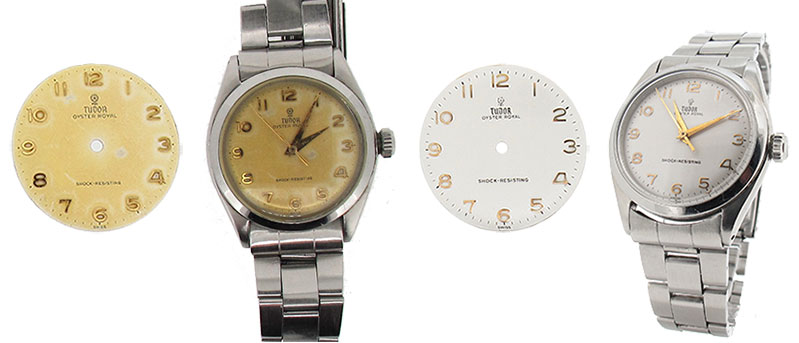Pocket watches have played an integral role in gentlemen’s fashion over the years, and since circa 2015 the trend for collecting antique and vintage watches and wearing them as a fashion accessory has continued to grow. We are of course delighted that the trend for pocket watches looks set to stay around as we are huge fans.
In a technology-driven world, the old-fashioned timepiece may seem a little out of place, but vintage clothing, household items, jewellery, record players, typewriters, sewing machines and a whole host of other high-quality objects from past decades and centuries are making a comeback.
Vintage fashion has grown in popularity and it’s really interesting that younger people seem to be placing more value on older, high quality items. Pocket watches are a natural extension of the vintage trend. Even today’s celebrities are sporting antique pocket watches, just as style icon James Dean did in the 1950s.
Dean purchased an 1889 Elgin pocket watch in the early 1950s, just before his career took off. He called the timepiece his lucky watch. Nowadays, other celebrities, such as fashion-icon Johnny Depp, can regularly be seen wearing a pocket watch.

A potted history of the pocket watch
Pocket watches were essentially a transition from mantel clocks, with first specimens appearing in the early 16th century. German inventor, Peter Henlein, was the first to create watches that did not require falling weights to power the timepiece. Early pocket watches were bulky and were generally worn on a chain around the neck.
By the late 17th century pocket clocks became very fashionable and were small enough to be worn in a pocket and not as a pendant. Pocket watches were then a luxury item worn by upper-class gentlemen.
The downside of the early pocket watches was the fact that they lacked accuracy, with some losing hours in one day! They were, however, a symbol of wealth and status with cases and dials often painstakingly handcrafted with opulent designs.
The introduction of the lever escapement improved accuracy greatly. The first lever escapement was invented by English horologist Thomas Mudge. By the mid-19th century levers became the standard movement in all clocks, including pocket watches.
By the late 1850s pocket watches were being manufactured in America using mechanised production lines and standardised parts. Pocket watches were no longer exclusive to the wealthy and became an important feature in middle and lower-class society.
The rise of the railroads in the second half of the 19th century led to the widespread use of pocket watches for accurate timekeeping. The famous Lake Shore and Michigan Southern Railway crash, which happened as a result of an engineer’s watch stopping for 4 minutes, led to the development of stringent standards in pocket watch production and railroad-grade pocket watches. Railroad pocket watches are highly collectable pocket watches today.
During the 1st World War wrist watches were preferred as they were easier for soldiers to wear. Pocket watches subsequently fell out of fashion. Pocket watches became popular again for a short time in the 1950s, being paired with the three-piece suit.
The development of digital watches in the 1960s and the quartz watch in the 1970s saw a decline in interest in pocket watches. The growing interest in vintage clothing and interiors in recent years has sparked a vintage pocket watch revival.
Types or styles of pocket watch
There are two main types of pocket watch; Hunter Case and Open Face. A full hunter pocket watch features a solid outer case concealing and protecting the watch face until opened. Double hunter versions have a second lid at the back to enable viewing of the movement inside. In a half hunter the watch case features a glass panel or hole in the centre revealing a view of the watch hands.
What you need to know about buying a pocket watch
With so many antique and vintage pocket watches on the market, it’s important to know what to look out for if you want to find an authentic, high quality watch that works. Buying a vintage pocket watch is similar to buying a vintage car. You need to know the model, age, size, grade, quality and unique features of the timepiece to determine its true value.
Many vintage pocket watches have the manufacturer’s logo embossed on the dial. The watchmaker’s name should also appear on the flat sheet of metal over the movement on the inside of the watch, along with a serial number (usually five to nine digits long). The serial number will help to identify the year of manufacture. There may also be a smaller number (two to four digits), which is the caliber or size of the movement.
The metal used for the case can be identified by the markings inside of the case back. The manufacturer’s name, serial number and movement size can then be compared with lists published by the manufacturer to identify the year of manufacture.

How to Care for a Pocket Watch
You should never force a case back open as you may damage it. If you have a pocket watch you would like valued or repaired, bring your timepiece into us and we will get our Master Watchmaker to service your watch for you and give you a valuation.
Keep in mind that some antique and vintage pocket watches may have had work carried out and the quality of the work and any replacement parts will affect how well the watch works and its value. While there are many newer pocket watch models coming on the market, there seems to be a consensus that older watches are more attractive.
Tips for restoring your heirloom
If you’ve discovered an heirloom timepiece languishing at the back of a jewellery box or dresser, you may wish to bring it back to the land of the living. Pocket watches are now high fashion after all.
Don’t be tempted to take your timepiece apart and have a bash at trying to fix it yourself. The restoration of intricate gears and mechanisms inside a pocket watch require a great deal of expertise. Always seek the advice of a professional Watchmaker, preferably one with a Master title, such as ours.
An antique or vintage pocket watch is definitely an investment. We are delighted to have some beautiful pocket watches restored to their former glory in our pre-owned watches collection.
We hope you have enjoyed reading our beginner’s guide to pocket watches. If you would like to buy a pocket watch or get an old pocket watch repaired, get in touch. We would love to hear from you.



